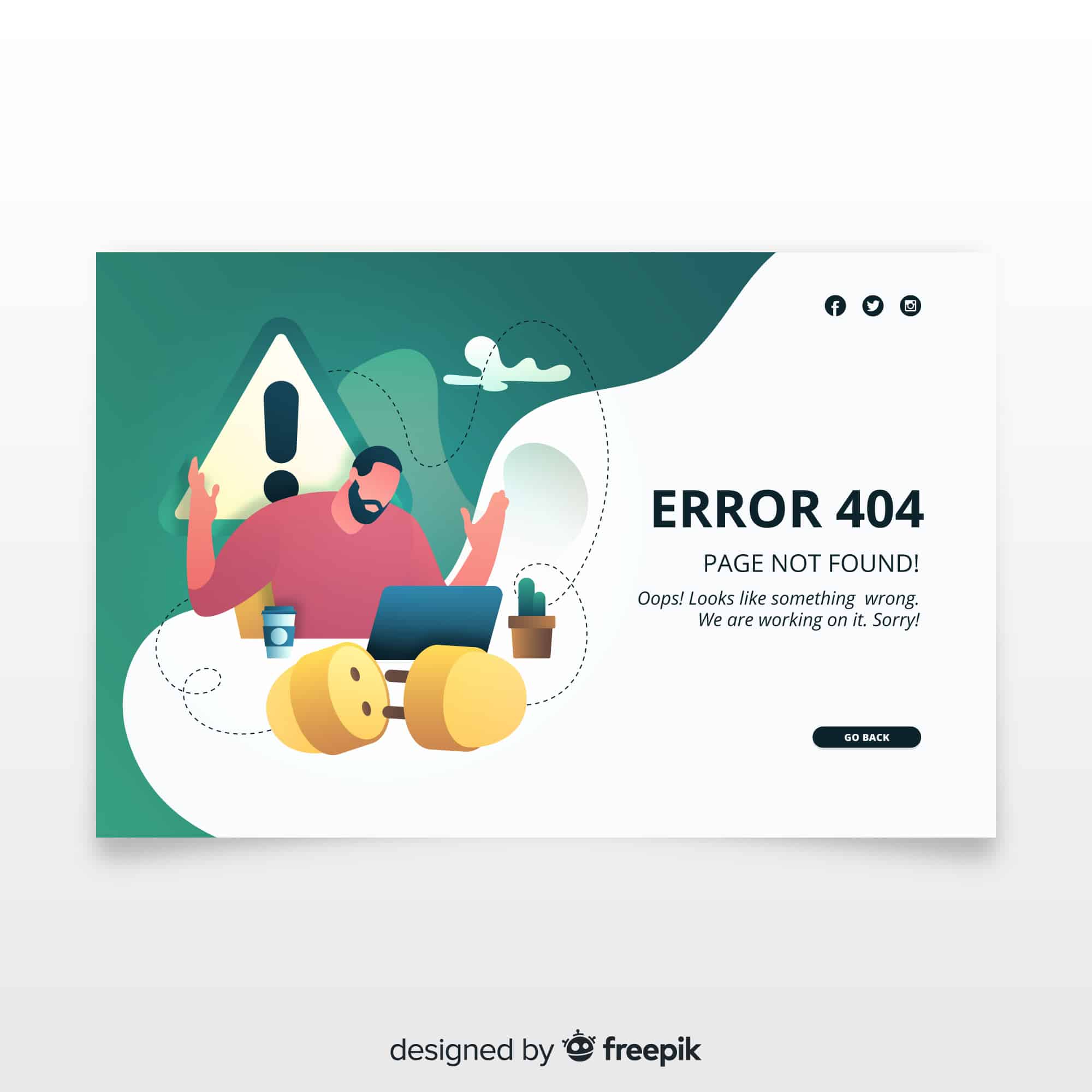Worried about bots hammering your login page? With WordPress powering roughly 43.4 percent of the web, brute force attack attempts are everywhere. On average, 30,000 websites are hacked each day, and cyberattacks in the US jumped 57 percent in 2022. If you want rock-solid WordPress brute force protection, let’s walk through five proven strategies to keep those bots at bay.
Enforce Strong Passwords
Weak credentials are a hacker’s best friend. By enforcing strong, unique passwords you block the simplest brute force attack vectors.
Create Complex Credentials
- Aim for at least 12 characters, mixing uppercase, lowercase, numbers, and symbols
- Avoid dictionary words, names, or obvious patterns
- Change default usernames like “admin” to something custom.
Use a Password Manager
Storing unique passwords gets tricky fast. A manager like Bitwarden, LastPass, or 1Password lets you:
- Generate unguessable strings on demand
- Autofill credentials securely
- Sync across devices without memorizing dozens of passwords
Limit Login Attempts
Brute force attack prevention shines when you throttle how many guesses a bot can make.
Some popular plugins include
- Limit Login Attempts Reloaded
- Anti-Malware Security and Brute-Force Firewall
- WP fail2ban
- CloudSecure WP Security
- BruteGuard
All of these work by locking out IPs after a set number of failed logins.
Enable Two-Factor Authentication

Adding a one-time passcode makes a compromised password far less useful.
- Choose a 2FA plugin (e.g., Google Authenticator, Duo, or Solid Security’s 2FA module)
- Install and activate the plugin in your dashboard
- Scan the QR code with an authenticator app on your phone
- Test a dummy login to confirm the code prompt appears
After setup, even if a bot cracks your password, it still can’t pass the second hurdle.
Deploy Web Application Firewall
A firewall filters out malicious traffic before it ever hits your login screen.
- Sucuri’s WAF helped block 450,000 WordPress attacks over three months
- Cloudflare or Sucuri CloudProxy can sit in front of your server to stop bots at the edge
- You’ll offload bad requests, reduce server strain, and get detailed logs
For advanced protection, consider Fail2ban or ModSecurity rules on your host to ban repeat offenders automatically.
Restrict Login Access
Locking down who can see or reach wp-login.php shrinks the attack surface dramatically.
- Change your login URL with a plugin like WPS Hide Login
- Password-protect the /wp-admin directory via .htpasswd at the server level
- Limit access by IP address if you and your team use fixed networks
- Disable XML-RPC completely if you don’t use remote posting or pingbacks
Key Takeaways
- Enforce complex, unique passwords and use a manager
- Throttle login attempts with a purpose-built plugin
- Add two-factor authentication for an extra barrier
- Deploy a web application firewall to block bad traffic early
- Restrict or hide your login endpoint and disable XML-RPC
Ready to lock down every angle of your site? For a complete rundown of essential safeguards, check out our WordPress security checklist.








